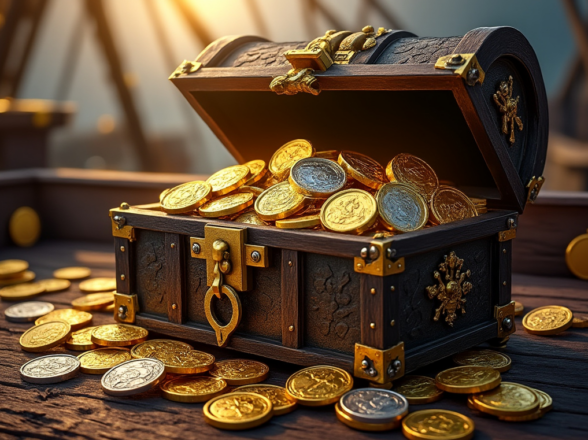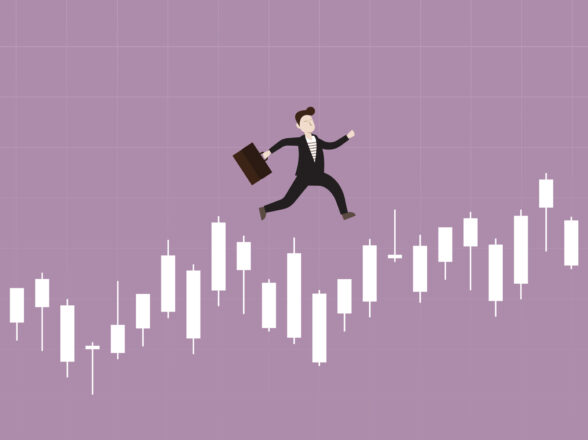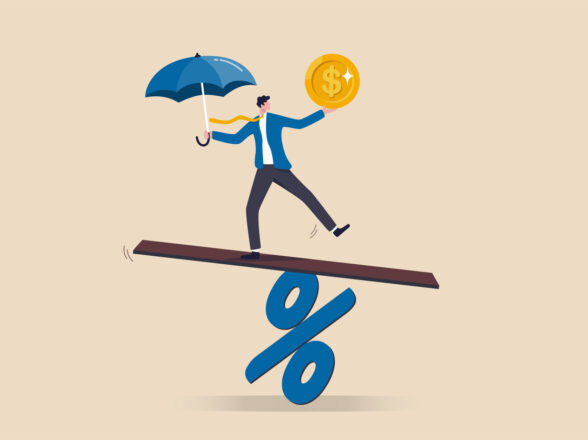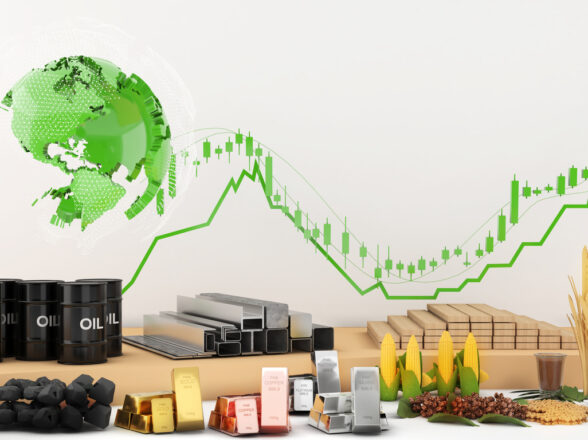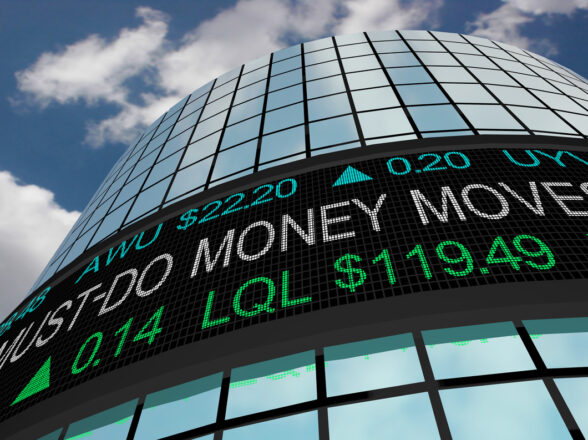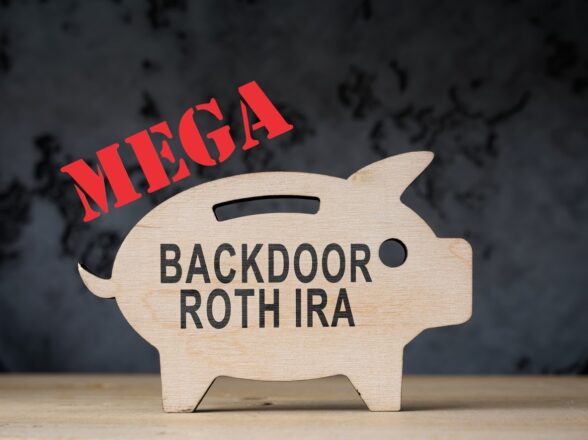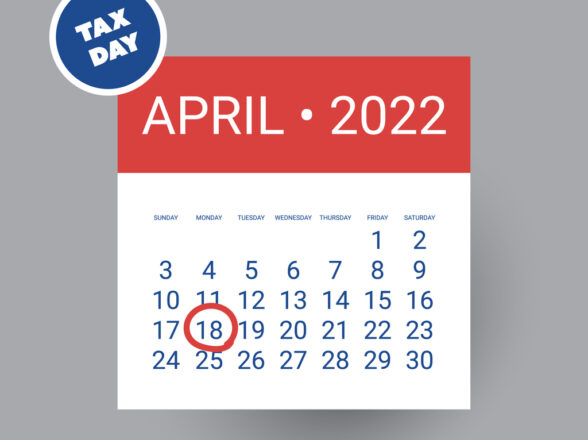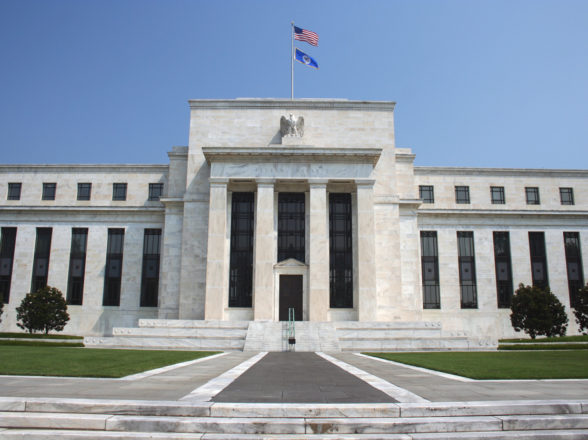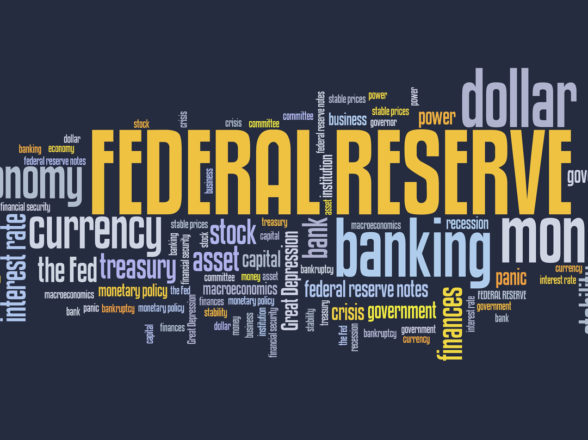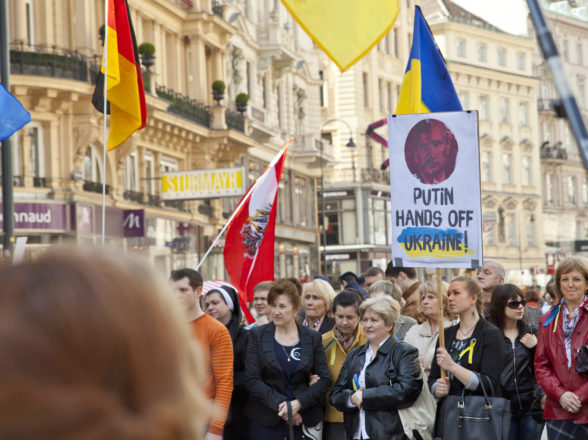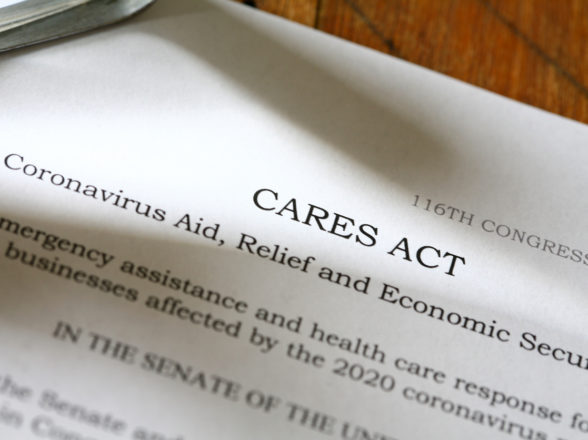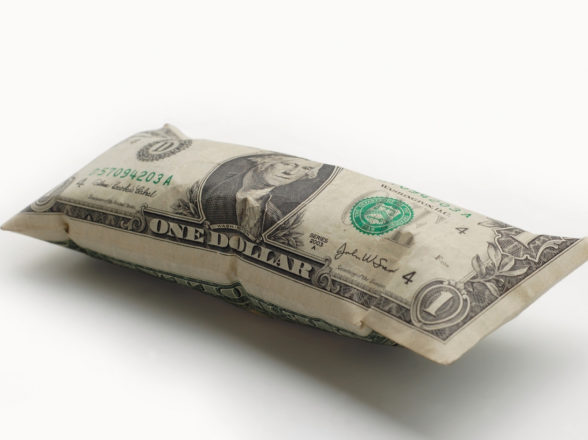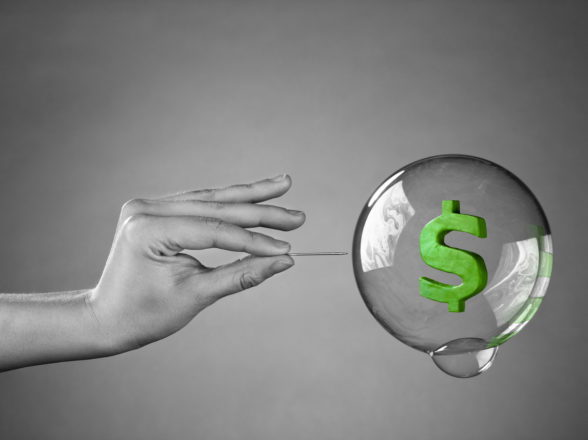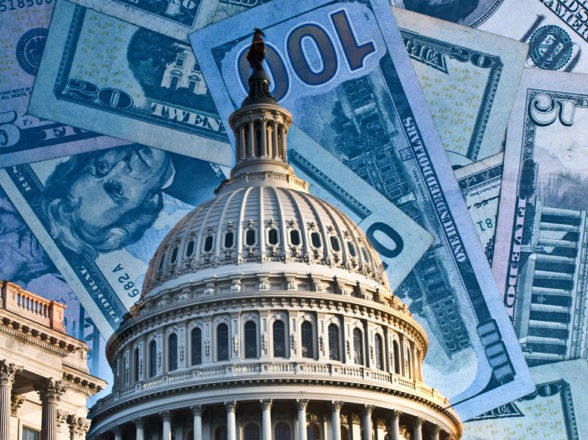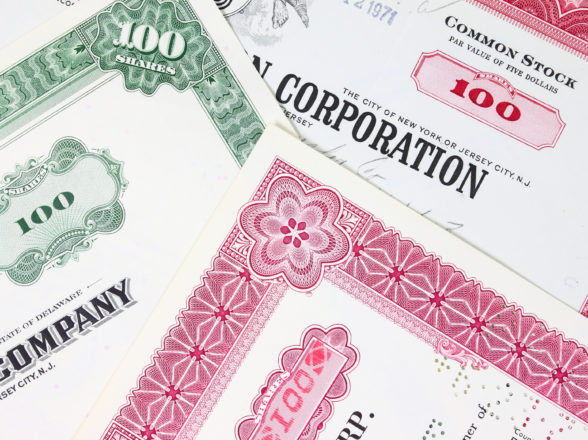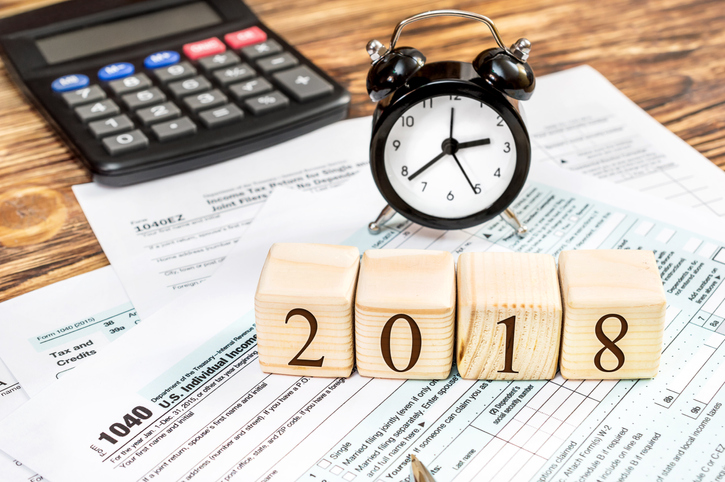Blog
3/22 – Monthly Commentary | Hope in a Bleak Landscape
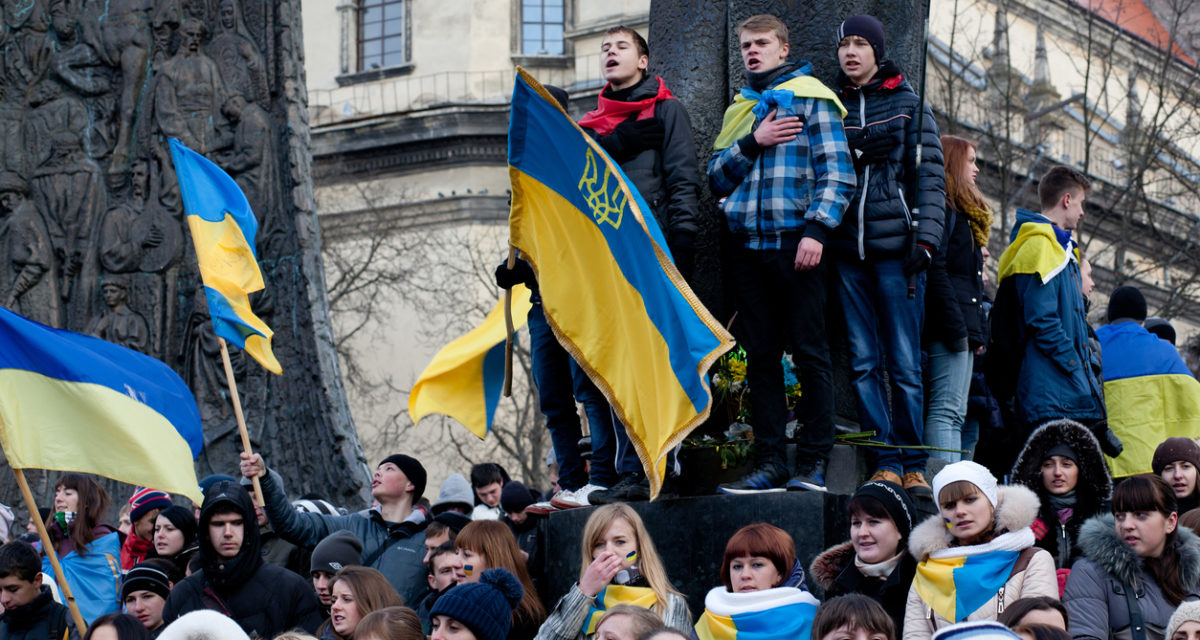
War Breaks Out
As you can imagine, we are fielding a lot of questions lately about the state of the world and how the markets are reacting. Let’s cut to the chase; the confluence of bad events across the globe have wreaked havoc on financial landscape over the past two years and counting. First with COVID-19, and now what looks like it could be the start of a new Cold War as a result of Vladimir Putin’s invasion of Ukraine. But still, hope remains
Unfortunately, it doesn’t appear as though the present set of problems is going to resolve themselves anytime soon. The needless human tragedy that this conflict has become is truly heartbreaking. Let’s us all hope and pray for peace and healing for all of those affected.
One of the ways investors try to make sense of the madness is to dig into the history books and try to find analogues or hope for the present day. We believe this can be useful, however, as the old saying goes, history doesn’t repeat exactly but it sure can rhyme.
Never the Same, but Similar
What is unique about the current geopolitical dilemma is the fact that Russia is in possession of the world’s largest (known) arsenal of nuclear weapons, and they appear to be losing the fight they initiated. Before President Putin launched his invasion, like many others, I was not an expert on the inter-relationship between the Ukraine and Russia – still am not. However, it pays to educate one’s self in order to try and understand where things might go and how. As I have researched their history, I came across this excellent piece written by Dr. Henry Kissinger. Like him or not, Kissinger could very well go down in history as the most influential foreign policy advisor of all-time. He wrote this in 2014 and correctly saw the playing field for what is was, and what it could become in the best and worst-case scenarios. Well worth the read:
Clearly, it’s too late to avoid war at this point, now the challenge is to try and understand how the conflict could end and what that means, ultimately, for the parts of the markets in which we invest. The sad reality is the Putin is not a good loser, and comparing his regime to a crime family mob syndicate is not a stretch by any measure. We know if this analogy holds true, the end game is going to get very, very ugly, especially for the innocent citizens of Ukraine.
History shows us that wars cause major disruptions in markets that can last years. We got curious on exactly this question, “How do wars typically affect the markets?” And we found our answer going all the way back from WWI to the present. Hope you will find this an informative read:
Market Update: Cloudy with a Chance of (Hope) Sun
As we know, the greater the uncertainties, the less interested investors get in taking risks. In a sense, we are dealing with not only the war and the downstream implications to world markets as Russia is shut down economically, but also the reversal of Federal Reserve support and hope for the financial system. The idea of higher, market-driven interest rates alone would be a drag on stocks and bonds, now add to it the adverse impact of the war in Ukraine, and you have a cocktail of uncertainty we have not dealt with in many years. Unlike the COVID Crisis of two years ago when the markets basically looked at the economic downturn as an event and not a process, this war/interest rates combo is shaping up to be a process. Markets are volatile, news is up, then down, investors are scared one day and happy the next. Whereas we lost -35% in one month then recovered steadily thereafter during COVID, today the markets have slowly but surely worked themselves down since the first week in January.
So where does that leave us? Not too far from the last Market Update in February; stocks are off anywhere between -10%-20% depending on which index you are looking at, bonds are also negative for the year on the order of nearly -6%, and Alternatives continue their significant outperformance of +5-6% year-to-date. The story remains the same and the way things are unfolding this year, it makes total sense the lack of hope. When the Fed was pumping trillions of dollars into the economy last year, the riskiest, ugliest stocks ballooned higher reminiscent of the Tech Bubble, and the diversified portfolio lagged measurably. Fast forward to 2022 and we see the bloom is definitely off of that rose. Some of the hero stocks of 2021 are now the biggest losers, many of them down -70%-80%!
Fortunately, we did not try to chase those ‘story stocks’ as we call them. The problem, of course, is that once investors stop believing the story, the losses pile up to even greater levels than the gains when they were riding high. As I have mentioned to you in our conversations, the markets are coming to us, not away from us, and that is a welcomed change. Diversification, high-quality, rebalancing and holding investments that can go up even when everything else is falling (Alternatives) will help us minimize the downside and give us the ability to bargain hunt once the selling pressure is over.
As of today, March 16, 2022, we have seen some minor indications that a bottom is not far away, but it’s very much a mixed bag of data points. We wonder if the same forces that have caused nice gains in Alternatives and selective areas of the stock market like Defense, Energy and Commodities will continue their run, or slide if a peace deal is reached. A decent pullback in said sectors would not be surprising yet the long-term geopolitical environment give us confidence that a Russia removed from world markets (and mad about it) will keep the pressure on prices in the foreseeable future and cause our European allies to increase military spending (as Germany just announced).
The Fed Reverses Course (Hope?)
Today, Fed Chairman Jay Powell delivered a .25% increase in the overnight lending rate, or Fed Funds rate. This is the first time in three years the Fed has taken such action to slow down the economy and fight inflation. A common misperception here is that the Fed controls interest rates on borrowing like credit cards and mortgages when it makes these adjustments; this is not true although all interest rates are related in one form or fashion.
The Fed has actually been buying mortgage-backed securities to keep mortgage interest rates artificially low, which they have now stopped doing. Market forces usually determine the level of interest rates short, medium, and long-term, but as many of our readers know, we contend the government has had far too much influence on interest rates and now that seems to be reversing. It can’t happen soon enough. Expect greater volatility across the board as the Fed tries to get the world back to a more normal state post-COVID. Only time will tell how this sea change impacts us going forward.
Finally, one word exemplifies the attitude we believe investors should adopt right now, and that word is patience. In the U.S. at least, our appetite for delay, slow and non-instant gratification is low to say the least. The markets we find ourselves in today, however, require us to try and keep the emotions down and the clarity of thought up. As always, there’s never a bad time for a good investment strategy, even if you have to let it ferment awhile before it works in your favor.














